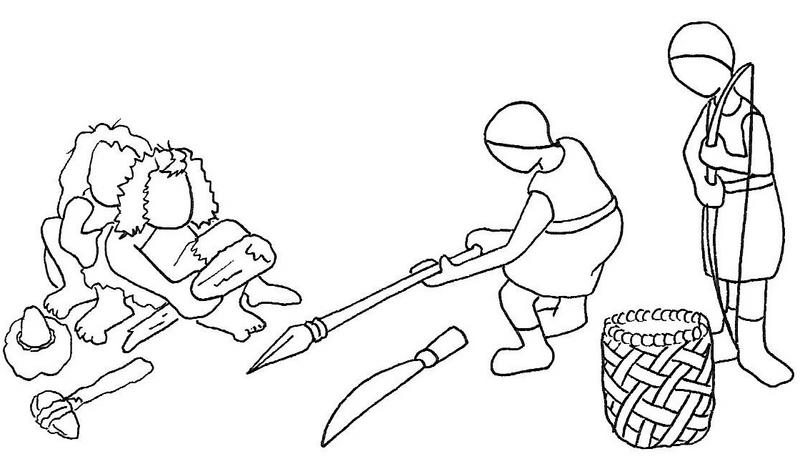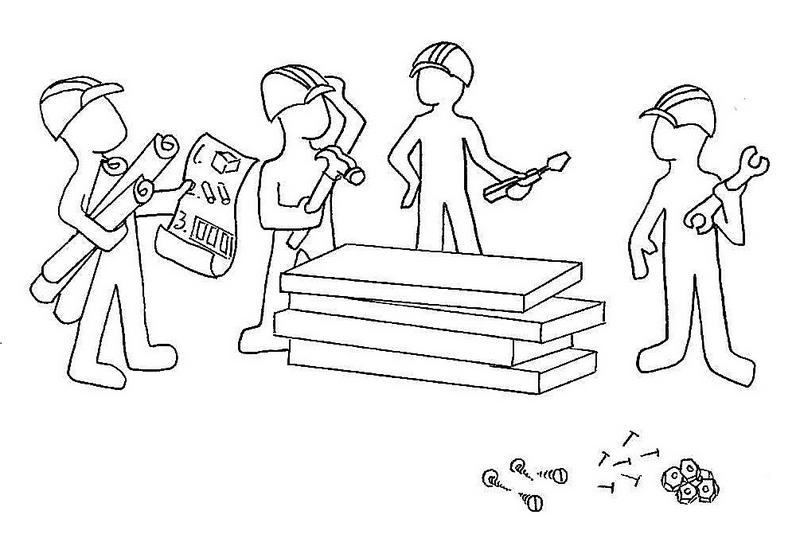What a great way to start off the new year talking about the number one success factor from Agile Testing: A Practical Guide for Testers and Agile Teams - the Whole Team. That’s it… the number one factor in being successful with testing and quality is to include the whole team.
Both of us have experienced the unicorn magic of being part of a cross-functional team where people with a wide range of specialties work closely together to continually build and deliver new changes. For over 20 years, we have shared our experiences, gave presentations, courses, and workshops centered around this idea. And yet, we still see many ‘agile’ teams with silos.
The silos manifest themselves in different ways. Sometimes it’s by function – for example, testers are not included in all the early conversations about new changes to the software product. Sometimes it’s by teams – for example, teams don’t talk with each other, even though they know they have mutual dependencies. Then, they each blame the other for the misunderstandings.

During the COVID-19 pandemic, and many teams learned to work remotely, but that makes it even easier to become siloed. Your delivery team may be working quite well together, but it can be a struggle to include important people outside the team in the conversations.
A while ago, Janet read a blog post about being a QA leader. It was a good piece, but the author kept talking about her QA team as it were separate from the rest of the people building the software. We think it is wording like this that keeps the silos in place. How can we collaborate effectively if even one team member has conflicting priorities?
One suggestion we have is to identify the people and systems who use or are affected by your product. They may be business stakeholders, or customers, or perhaps the customer support team. Talk about how they are affected, or how their absenteeism would affect your product. Decide how to include them and what you need from them to ensure you deliver valuable changes at the right time.

As a testing specialist on a delivery team, we do what needs to be done to help our team successfully deliver product changes frequently, at a sustainable pace. Most of the time that may be actually testing. Often, it is using our critical thinking skills and question-asking skills with the customer or product owner to understand their needs. It might be using our communication skills to talk with other teams to understand dependencies. It might be using our skill of reading code to peer review a programmer’s code with them. It even might be using our facilitation skills to help non-testers learn some testing skills.

Our first priority is to our teams, but we also have to interact with our extended families – perhaps another team, or the operations folks (if they’re on a separate team) to make sure we are considering their needs, or the database experts or the UX people, or … the list goes on. Generally, high-performing delivery teams include people in all these different specialties. One of our superpowers as testing specialists, is knowing when to get people together to talk – and knowing whom to include in that conversation. We can keep breaking down those silos and discover the magic of the whole team approach.